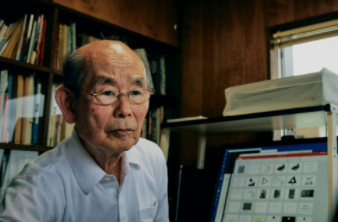This is a demo of "LeNet 1",
the first convolutional network that could recognize handwritten digits with good speed and accuracy.
It was developed between 1988 and 1993 in the Adaptive System Research Department,
headed by Larry Jackel, at Bell Labs in Holmdel, NJ.
This "real time" demo shows ran on a DSP card sitting in a 486 PC with a video camera
and frame grabber card. The DSP card had an AT&T DSP32C chip,
which was the first 32-bit floating-point DSP
and could reach an amazing 12.5 million multiply-accumulate operations per second.
The network was trained using the SN environment
(a Lisp-based neural net simulator, the predecessor of Lush, itself a kind of ancestor to Torch7).
We wrote a kind of "compiler" in SN that produced a self-contained piece of C code
that could run the network. The network weights were array literals inside the C source code.
Shortly after this demo was put together,
we started working with a development group and a product group at NCR (then a subsidiary of AT&T).
NCR soon deployed ATM machines that could read the numerical amounts on checks,
initially in Europe and then in the US.
The ConvNet was running on the DSP32C card sitting in a PC inside the ATM.
Later, NCR deployed a similar system in large check reading machines that banks use in their back offices.
At some point in the late 90's these machines were processing 10 to 20% of all the checks in the US.
The network shown in this demo is described in our NIPS 1989 paper
"Handwritten digit recognition with a back-propagation network".
The check reading system is described in our 1998 Proc.
IEEE paper "Gradient-Based Learning Applied to Document Recognition"
and in various shorter papers before that.
Thanks to Larry Jackel for digitizing
and editing the old VHS tape (and for holding the camera).
There are cameo appearances by Donnie Henderson
(who put together much of the demo) and Rich Howard, our lab director.
MITの1993年のconvolutional networkの様子を見て、福島邦彦先生が1979年に「畳み込み多層回路」の論文を発表した功績をしみじみ感じている。甘利先生の確率勾配降下法(1967)といい、福島先生の畳み込み多層回路(1979)といい、どちらも日本発の技術と「機械学習」の授業で知って驚いた。

